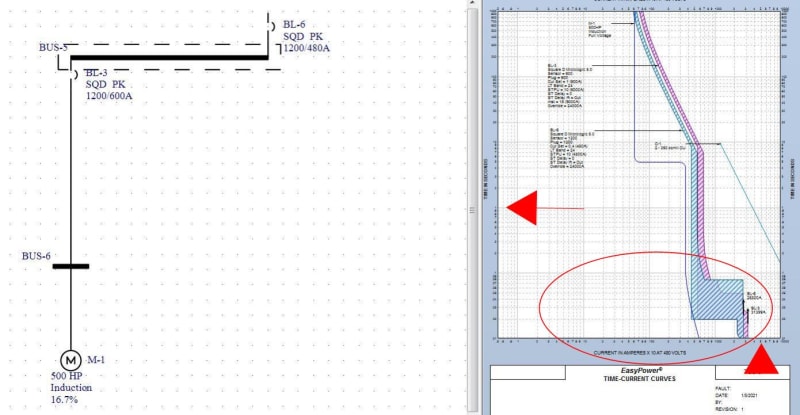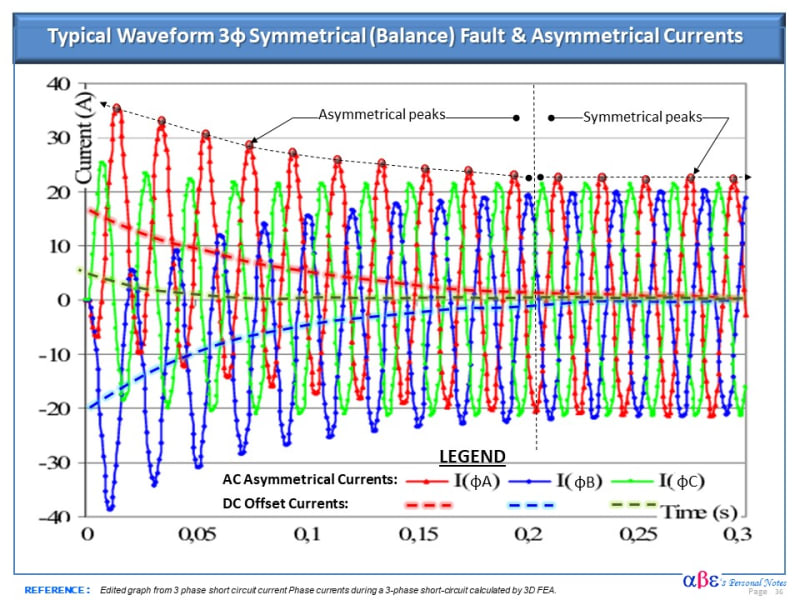bdn2004
Electrical
- Jan 27, 2007
- 799
I thought the first 1/2 cycle is analyzed because there are asymmetrical currents and that's what drives up that value in that short time span.
The short circuit diagram on the left is the symmetrical 1/2 cycle momentary current selection. The one on right is the same circuits but using the asymmetrical currents - which are way higher.
Obviously I'm confused. Can someone explain this simply?

The short circuit diagram on the left is the symmetrical 1/2 cycle momentary current selection. The one on right is the same circuits but using the asymmetrical currents - which are way higher.
Obviously I'm confused. Can someone explain this simply?



